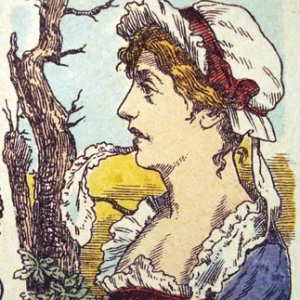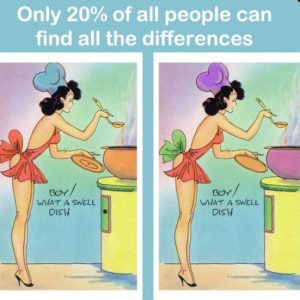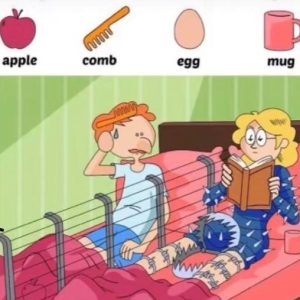Sometimes puzzles can really mess with your mind, right? You look at them, and your brain automatically searches for patterns that might not be obvious at first. That’s exactly what happens with this intriguing alphabet logic puzzle. At first glance, it appears to be a straightforward numerical sequence, but the real trick lies in how the numbers relate to the alphabet. Let’s break it down step by step and uncover the secret!
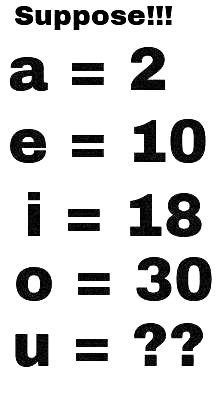
Why This Puzzle Seems Confusing at First
When you first encounter the problem, it seems like a simple math pattern. You see a set of vowels paired with numbers:
- a = 2
- e = 10
- i = 18
- o = 30
- u = ??
It looks like a sequence or perhaps a difference pattern. Your brain might immediately start calculating the difference between numbers or looking for mathematical relationships between them. But here’s the catch: it’s not just about numbers. It’s about letters.
Video: The Seemingly IMPOSSIBLE Guess The Number Logic Puzzle
Understanding the Hidden Clue: Alphabet Positions
The trick here is to realize that the numbers are related to the alphabetical positions of the vowels. Think about it: the vowels a, e, i, o, u are arranged in alphabetical order. To find the correct value, we need to consider the position of each vowel in the alphabet.
Here’s how they line up:
- a is the 1st letter of the alphabet
- e is the 5th letter
- i is the 9th letter
- o is the 15th letter
- u is the 21st letter
The Mathematical Relationship: Multiplication by 2
Once you realize that the numbers correspond to the positions in the alphabet, the next step is to figure out the mathematical relationship. The numbers given are actually 2 times the position of each vowel.
Let’s break it down:
- a = 2 × 1 = 2
- e = 2 × 5 = 10
- i = 2 × 9 = 18
- o = 2 × 15 = 30
- u = 2 × 21 = 42
Why Multiplication by 2?
This pattern is surprisingly simple once you see it, but why does it work? The puzzle plays on our tendency to overthink patterns. Instead of looking for complex arithmetic relationships, the solution is straightforward: each vowel’s alphabetical position multiplied by 2.
This method works consistently because it’s based on the sequence of vowels in the alphabet. Once you know the rule, it’s easy to see that the correct answer for u is 42.
Why This Puzzle Tricks So Many People
Our brains love patterns, but sometimes we expect them to be more complicated than they are. Since the given numbers (2, 10, 18, 30) seem random at first, many people miss the alphabet connection. Instead of looking at the simplest explanation, they dig deeper into numerical sequences or arithmetic differences.
In reality, the pattern is rooted in something much simpler: basic alphabetic order and a simple multiplication rule. It’s a clever way to play with our tendency to overthink.
The Final Answer: The Value of “u”
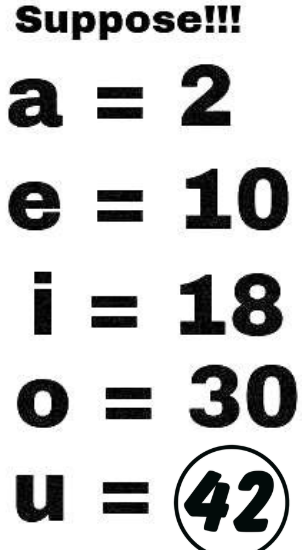
So, after all this analysis, what’s the final answer? It’s crystal clear now:
u = 2 × 21 = 42
This makes the correct answer 42. Once you understand the alphabet logic, it makes perfect sense!
Takeaway: Sometimes the Simplest Logic Wins
The next time you encounter a puzzle like this, take a moment to consider the simplest possible explanation. Often, the human brain tends to look for complex patterns, but occasionally, the solution is right there in front of us, just waiting to be uncovered. In this case, the alphabet trick was the key to solving the riddle.
Now that you know the secret, you’ll never forget it! The alphabet holds many hidden patterns, and this puzzle is just one of the many ways it can surprise you. Remember, when logic puzzles throw you a curveball, sometimes simplicity is the answer!
